System Diagram
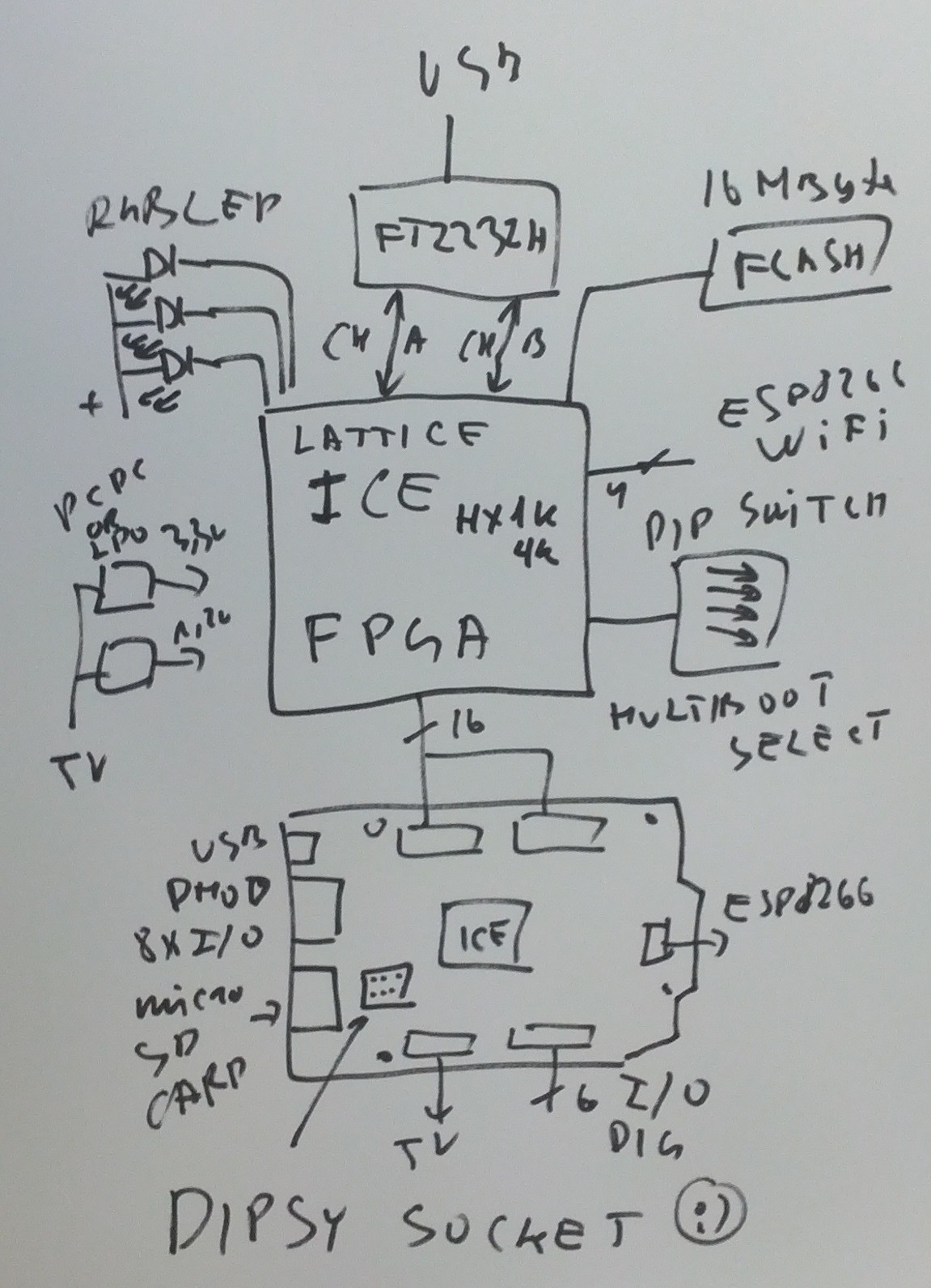
- Directly supported by Lattice Development tools
- Supported by open-source FPGA tools, project "icestorm"
- FPGA pinout mostly compatible to Lattice iceStick development board
- 1 Digilent Pmod(tm) slot
- micro SD Card socket
- 16MByte SPI NOR Flash
- DIPSY Socket for programming custom DIPSY's
- FT2232H, use for Flash Programming or FPGA download to RAM
- USB UART on FTDI Channel B
- Optionally powered from USB
- 8 pin Header for ESP8266 WiFi Module
Licenses
- CERN OHL
- Hardware design
Additional licenses for open-source FPGA toolchain (if used):
 Antti Lukats
Antti Lukats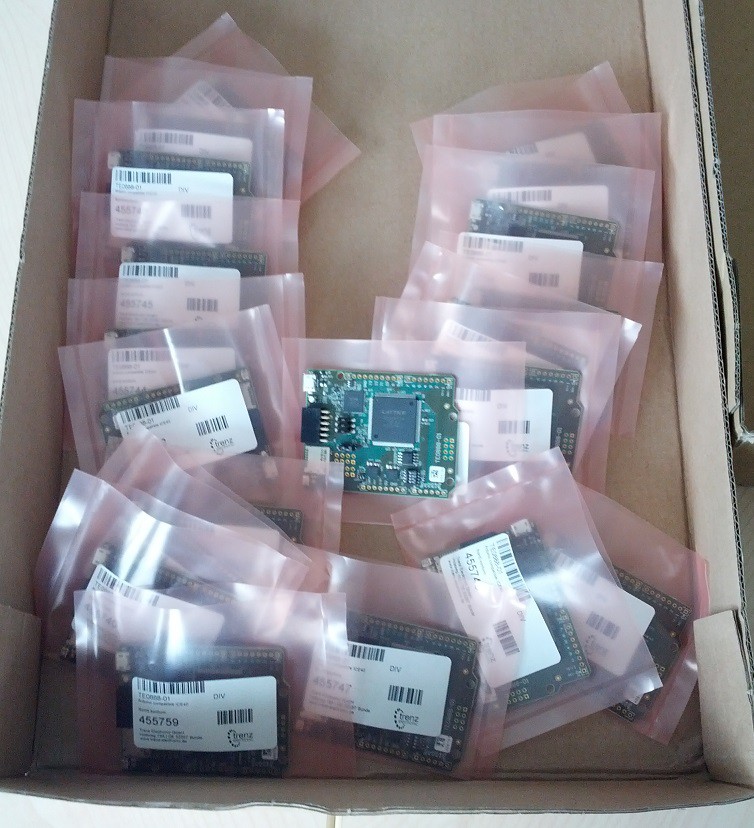
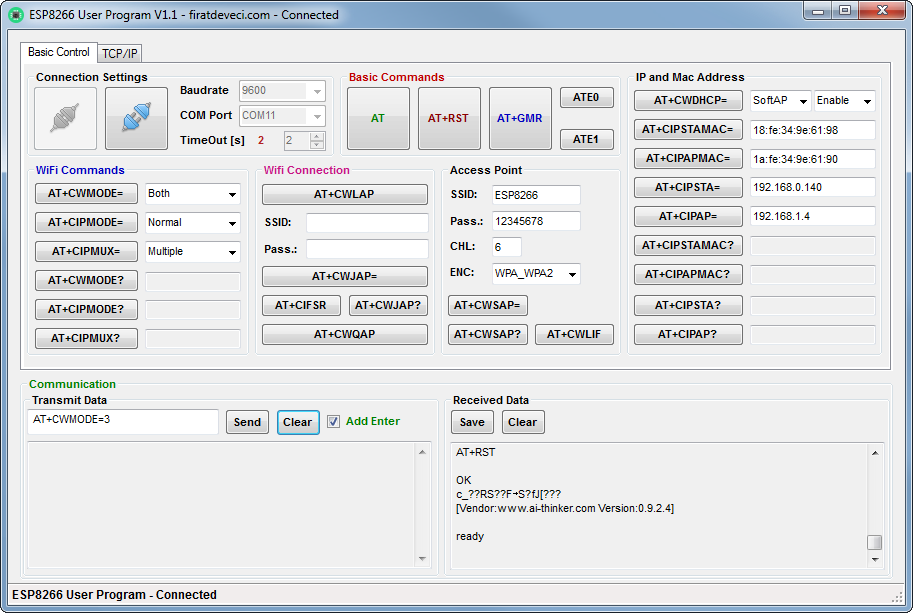
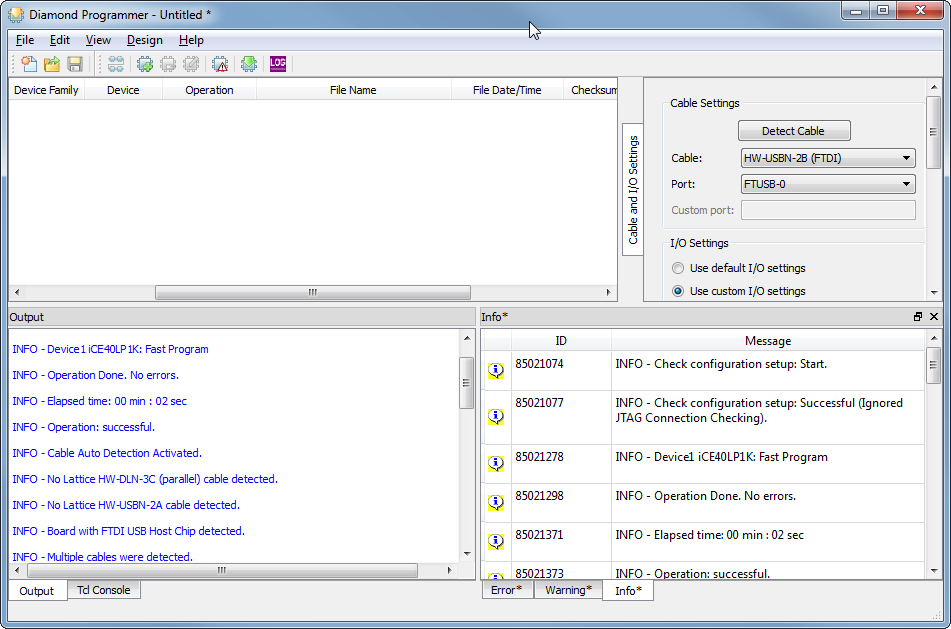
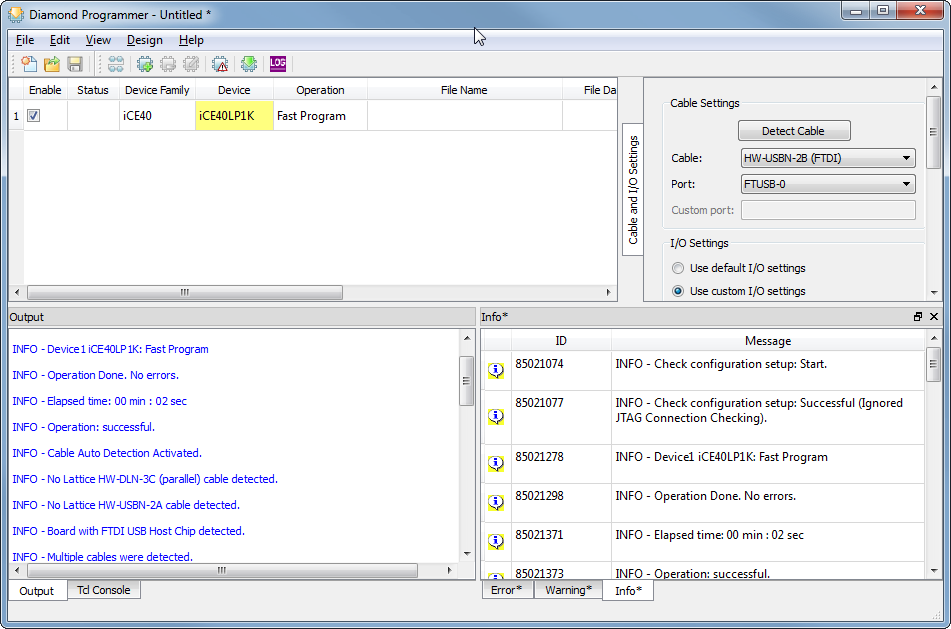
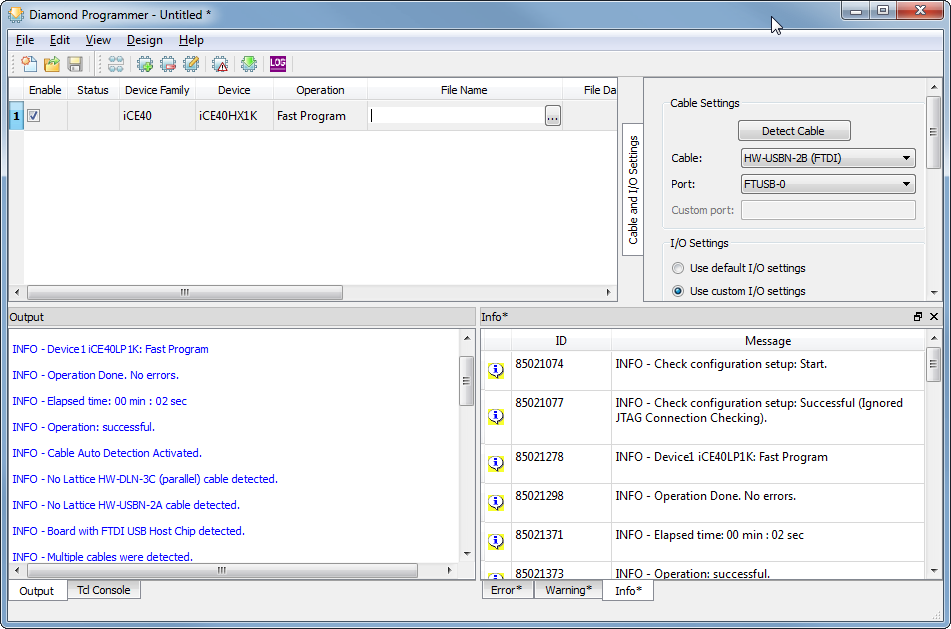
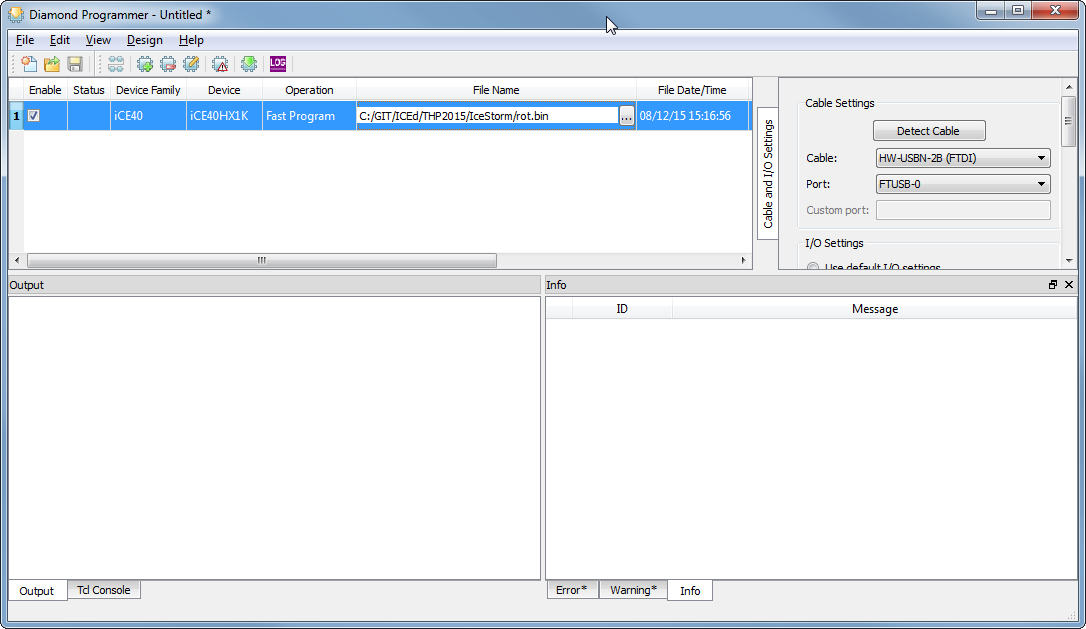
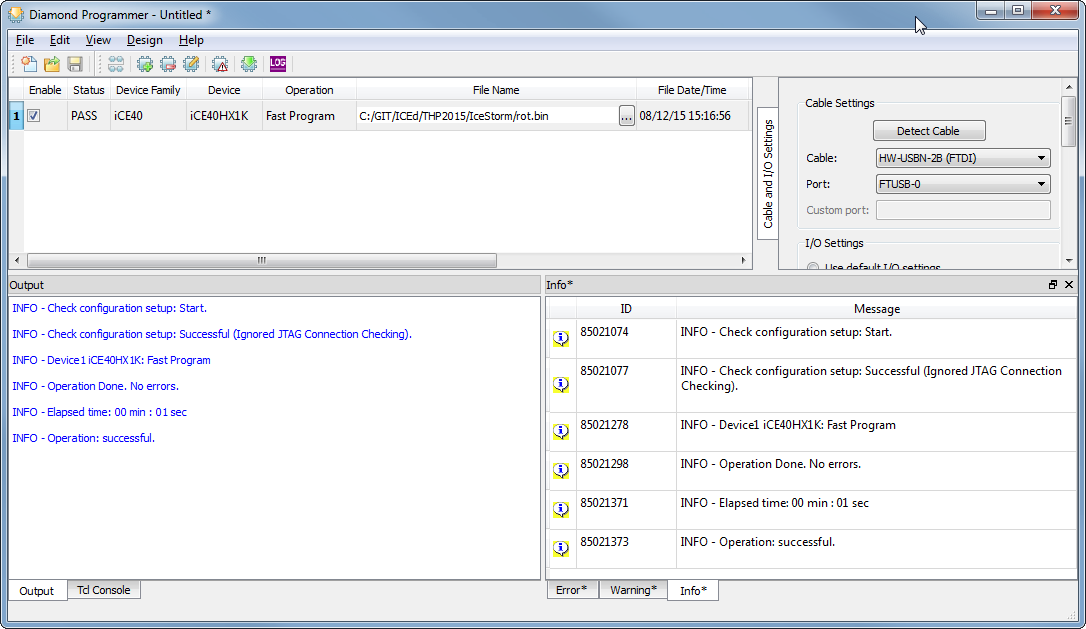
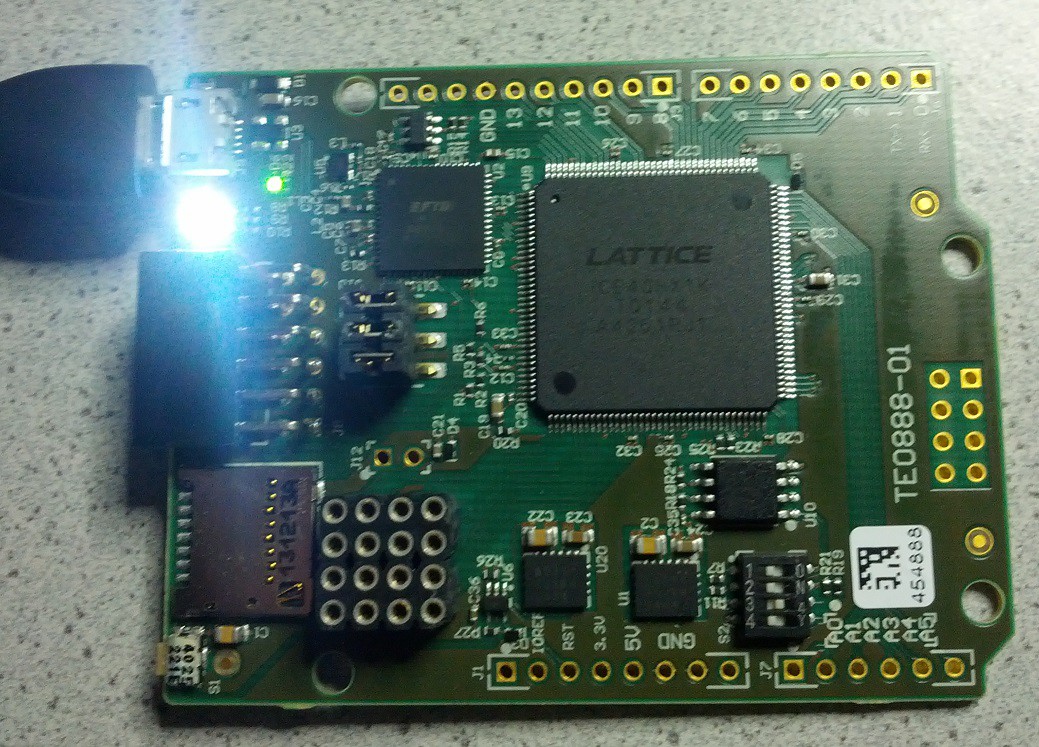


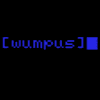





 Paula
Paula
 bobricius
bobricius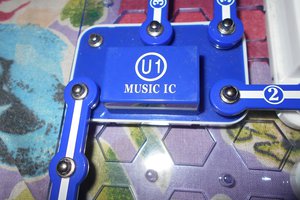
 adesh manhar ramkissoon
adesh manhar ramkissoon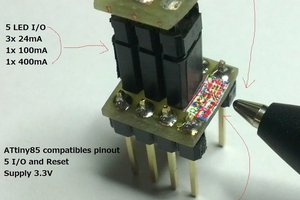
I need 3 for my project, when and how much will it cost?